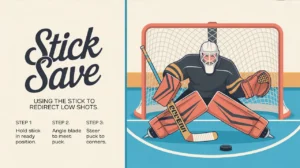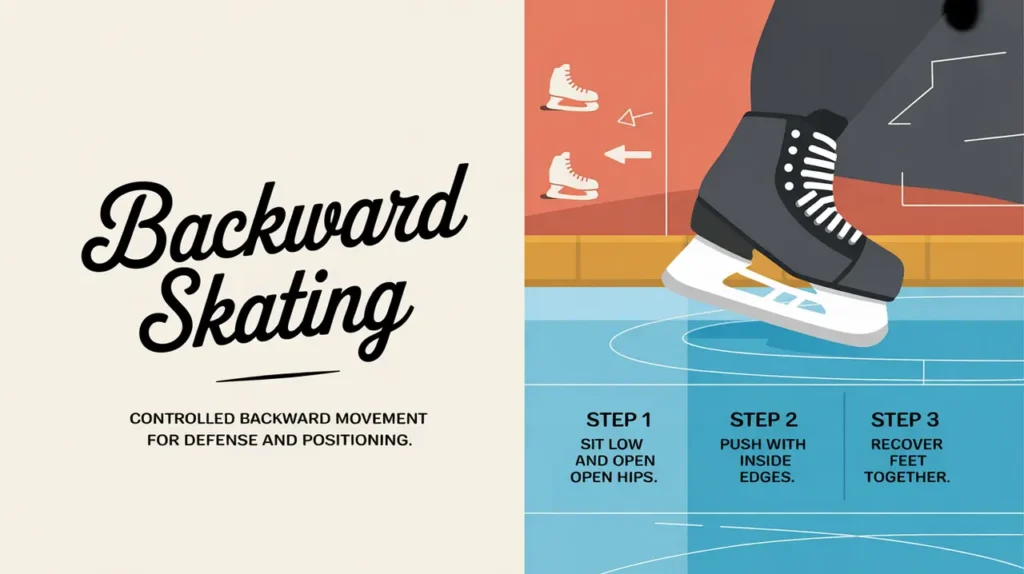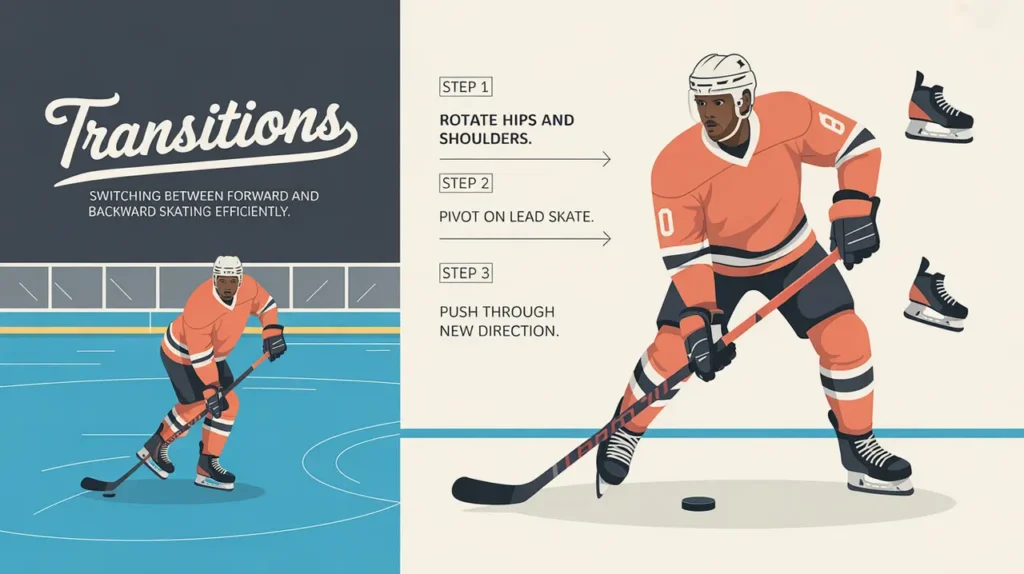Jim’s Intro to Acceleration
Hi folks, Jim here, the only commentator who once had to take a class on how to accelerate my acceleration.
What is acceleration?
Acceleration is the ability to reach top speed quickly from a standstill or low-speed position, allowing players to win puck races, create separation, and react faster than their opponents. It’s one of the most impactful skating skills in modern hockey, where split seconds often decide plays.
How does it work?
Acceleration depends on explosive mechanics, posture, and powerful strides:
- Low Stance: Bend deeply at the knees and ankles to load power into your legs.
- Forward Lean: Keep the chest slightly forward over the toes for maximum drive.
- Quick, Choppy Steps: Start with short, rapid strides to build momentum.
- Full Extension: As speed builds, lengthen strides while maintaining power.
- Arm Drive: Aggressive arm swings counterbalance the lower body and add force.
- Edge Engagement: Dig into the ice with each stride to maximize push-off without slipping.
- Smooth Transition: Shift from quick bursts to efficient top-speed skating without losing rhythm.
How do you make good decisions with it?
- Time Your Bursts: Acceleration matters most off faceoffs, turnovers, or loose pucks.
- Exploit Gaps: Use bursts to create space or close gaps before defenders can adjust.
- Know When to Glide: Constant sprinting burns energy. Accelerate strategically, then maintain.
- Adjust Angles: Use acceleration not just straight ahead, but diagonally to beat coverage.
- Anticipate the Play: Reacting a split second earlier often matters as much as raw speed.
How do you master it?
Mastering acceleration takes strength, technique, and repetition. Off-ice explosive training (like sprints and plyometrics) builds the engine, while on-ice drills focus on starts, quick strides, and smooth transitions. Players practice races, stop-start bursts, and tight-space accelerations to make it instinctive.
What does it look like when done right?
Elite acceleration looks explosive and clean. The player rockets out of their stance with crisp strides, gains immediate separation, and transitions to top speed without stumbles or wasted motion.
Commentator’s Corner
Jim’s Take
The best accelerators don’t just skate fast. They disappear past you before you’ve even blinked.
Parent Tip
Support off-ice strength and explosive work. Leg power and core strength translate directly into faster starts.
Player Tip
Stay low, commit to your first three strides, and drive your arms like you mean it. Acceleration starts with intent.
A Final Thought
Acceleration changes the tempo of the game. Master it, and you won’t just keep up, you’ll set the pace.









